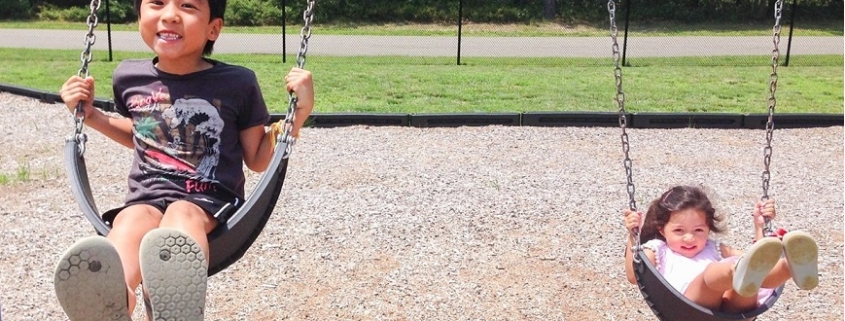How To Help Your Child Focus at School
By the second month of the new school year, your child’s teacher may have reached out to you about your child’s attentiveness in the classroom. “Off task,” “not following directions,” “talking during quiet time,” and “not participating” are all feedback that can indicate difficulty with focus and attention.
As a parent, it can be frustrating to be unable to help directly. You’re not there to prompt your child, and you’re not a fly on the wall to see what’s actually going on. Yet, your child’s teacher needs your help addressing any factors outside the class that may be influencing this behavior.
Where to start?
The Basics: Sleep and Nutrition
If possible, look for patterns in your child’s misbehavior. When problems turn up within the first few hours of school, lack of sleep and proper nutrition could be significant factors.
Sleep is an important regulator of connectivity in the front brain, or prefrontal cortex, where learning, memory, emotional regulation, attention, and focus are primarily centered. Elementary school age children between 6-12 years of age need 9-12 hours of sleep per day. If your child took long naps as a baby — or still day naps from time to time — they’re likely on the longer end of the spectrum.
Sugary breakfasts like Pop Tarts, muffins, and frozen waffles may not be doing your child any favors. Research in rats has found eating a high sugar diet can alter the brain’s inhibitory neurons, making them less able to delay gratification, control their behavior, and make smart decisions. When planning breakfast, always include a protein with a carbohydrate (like peanut butter toast, milk and cereal, or yogurt and granola) so the nutritional impact lasts longer.
Physical Play and Activity
There’s much truth to the old, “Send the children outside to play” advice. Not only does physical fitness increase the volume of prefrontal gray matter in the brain, but the rough-housing and physical play activates the motor cortex — also found in the front brain — which, in turn, strengthens neural connections associated with organization, planning, and socializing. Researchers have found that just a half hour of play is enough to impact one-third of the 1,200 genes across the neocortex.
Some of the best activities include: visits to the playground, where your child can interact with peers; a nature walk that includes observations and attentiveness; tossing a baseball or football, which involves planning and coordination; obstacle courses; and learning to juggle. Truly, any sport your child finds engaging — whether it be soccer, tennis, t-ball, martial arts, dance, bike riding, or basketball — is a gift that can potentially last a lifetime.
Fun and Games
Here’s the bad news: some types of games — particularly violent video games — have been linked to diminished frontal lobe development. On the other hand, there are a number of fun, interactive apps and programs designed specifically for brain training and suited for children diagnosed with ADHD.
Certain types of games can work as brain training exercises — for instance: Memory card games; jigsaw puzzles; word games (like that classic “I’m going on a picnic…”), Scrabble, or Boggle; “I Spy” and “Spot the Difference” puzzles; Crosswords and Sudoku; Tangram shape puzzles; classic “Red Light, Green Light” or “Simon Says” activities that encourage willpower; and card games like “Crazy Eights,” “Old Maid,” or “Solitaire.” You might consider making Board Game Nights part of your weekly, or even nightly, routine. The quality time spent with your children can also be a method for decreasing behavioral issues at school.
Here’s the good news: early learning activities shape the developing mind, and any efforts made toward helping your child strengthen self-regulation abilities now can greatly improve resiliency and mental functioning later on.
Looking for a fun place that promotes whole brain development? Stop in to see us at the Shine Studio in the East End. We have one-of-a-kind classes, workshops, field trips, camps, and pop-up parties geared toward ages 0-12. From theatre, music, meditation, and sports, to cooking, culture, crafting, and construction, we have something for everyone.



